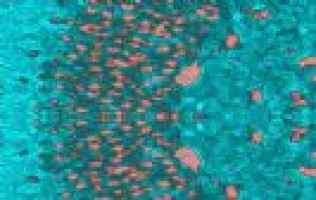
by ecancer reporter Janet Fricker
Tomosynthesis, a new 3D imaging method of breast tissue, increased detection of invasive cancer by 41% compared with conventional scans, reported a US study in JAMA.
The investigators also found the addition of 3D mammography reduced the number of women called back for unnecessary testing due to false alarms and health care costs.
Digital tomosynthesis, an imaging technique approved by the US FDA in 2011, produces 3D images by taking multiple X-ray images from different angles, thereby minimising the influence of overlapping structures.
The technology has yet to be made widely available.
In the study Sarah Friedewald, from Advocate Lutheran General Hospital, Park Ridge, Illinois, undertook a retrospective analysis of a total of 454,850 examinations performed in 13 centres, of which 173,663 utilized the combination of digital mammography and tomosynthesis.
Results showed that in comparison to conventional digital mammography examinations the combination of digital mammography and tomosynthesis delivered a 41 % increase in the detection of invasive breast cancers (p<.001); 29% increase in detection of all breast cancers (P<.001); 15 % decrease in women recalled for additional imaging (P<.001 ); and a 49% increase in Positive Predictive Value (PPV) for a recall (p<.001).
Furthermore, researchers calculated that roughly one extra cancer was detected for every 1,000 breast exams undertaken using tomosynthesis.
"The association with fewer unnecessary tests and biopsies, with a simultaneous increase in cancer detection rates, would support the potential benefits of tomosynthesis as a tool for screening,” write the authors.
It is important to note, they add, that this study did not assess clinical outcomes, so it remains to be seen whether these improvements in screening mammography translate into clinically relevant improvements in breast cancer mortality.
Reference
S Friedewald, E Rafferty, S Rose, et al Breast Cancer Screening Using Tomosynthesis in Combination With Digital Mammography. JAMA 2014; 311:2499-2507.
The World Cancer Declaration recognises that to make major reductions in premature deaths, innovative education and training opportunities for healthcare workers in all disciplines of cancer control need to improve significantly.
ecancer plays a critical part in improving access to education for medical professionals.
Every day we help doctors, nurses, patients and their advocates to further their knowledge and improve the quality of care. Please make a donation to support our ongoing work.
Thank you for your support.